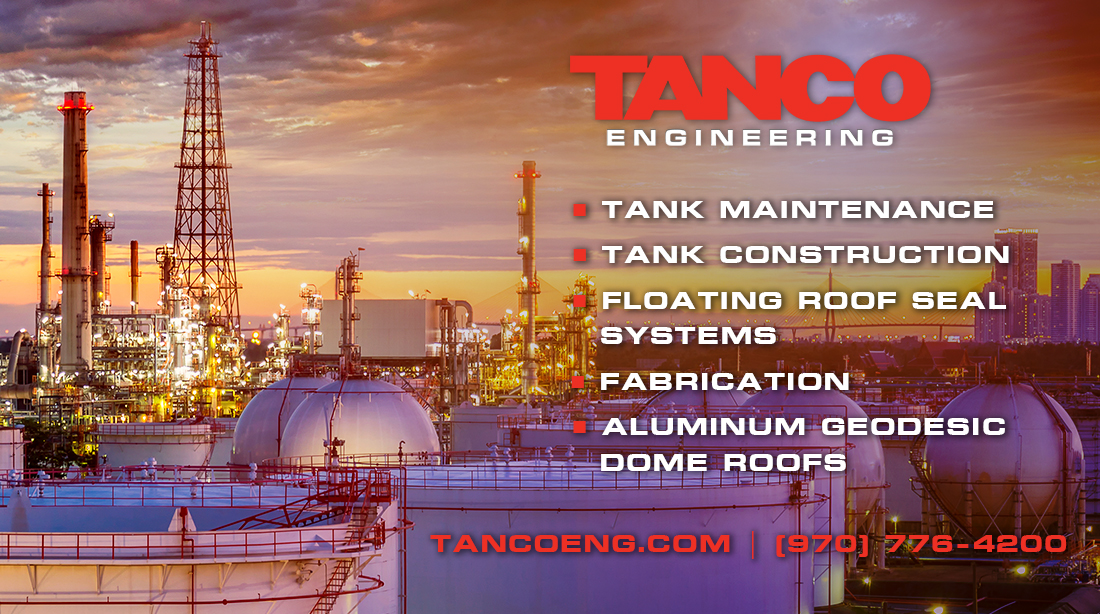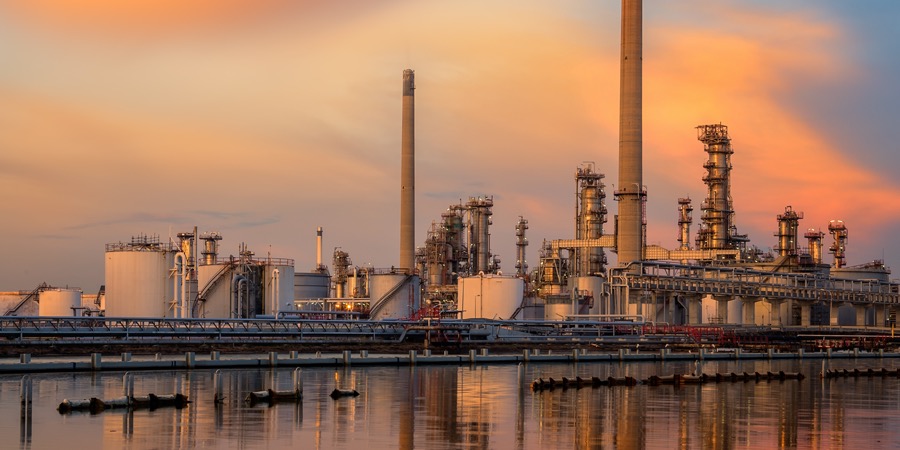China’s marine fuel sales have almost doubled over the past five years and the nation is banking on attracting ships that travel to nearby ports in major economies such as South Korea and Japan.
Singapore still has a commanding position as the top supplier to a sector valued at over $30 billion in Asia, but Chinese growth is accelerating.
The epicentre of China’s bunkering is Zhoushan, an archipelago to the south of Shanghai on the east coast. Some of the nation’s newest and biggest crude oil refineries are being built in the area, while the government has introduced tax incentives that make Chinese fuels more competitive.
“Singapore has had an edge over other Asian ports on all parameters,” said Jayendu Krishna, director at Drewry Maritime Advisors. “It continues to be so today, however, slowly other ports have been trying to catch up. Zhoushan will certainly capture a share of the vessels from other north east Asian ports.”
Singapore, which is the world’s biggest ship refuelling hub, sold about 50 million tons of bunker fuels last year, or a fifth of the global total. Industry consultant OilChem estimates China’s sales rose for a fifth straight year to 16.9 million tons. SeaCred, a marine intelligence agency, valued the Asian bunker fuel market at $31 billion to $32 billion in 2020.
The world’s busiest ports are in China thanks to its massive manufacturing industry, and boosting its bunkering capabilities adds clout to supportive businesses. The local government is spending $80 million to expand the anchorage and build new shipping channels at Zhoushan, while refiners are pumping out higher volumes of low-sulphur fuel oil, now essential under new global rules that mandates ships use cleaner fuels.
For more information visit www.mpa.gov.sg












